Molecular Ionics
KOSUKE SUZUKI & YU YAMASHITA LAB.
INTRODUCTION OF LABORATORY
The properties and functions of the materials that surround us are determined by the arrangement of atoms and molecules and their interactions. If we could freely design and control the various combinations, spatial arrangements, and even defects of the approximately 100 elements in the periodic table at the atomic level, we would be able to create a group of materials with completely new functions.
Based on the development of molecular inorganic materials with precise structures such as polyoxometalates and inorganic clusters, our laboratory is working to pioneer a new field of materials science called “molecular ionics,” which controls the transport and reactions of electrons, ions, and molecules at the molecular scale through hybridization with organic molecules and hierarchical structural design.
The materials created in this way are expected to be next-generation functional materials that contribute to solving social issues such as energy and the environment, such as electrochemical energy conversion, photoresponsive devices, and catalyst systems that enable resource circulation. We will approach the essence of chemistry, where “material structure creates function,” by freely manipulating molecules while crossing multiple fields such as inorganic chemistry, organic chemistry, physical chemistry, electrochemistry, materials science, and device applications.
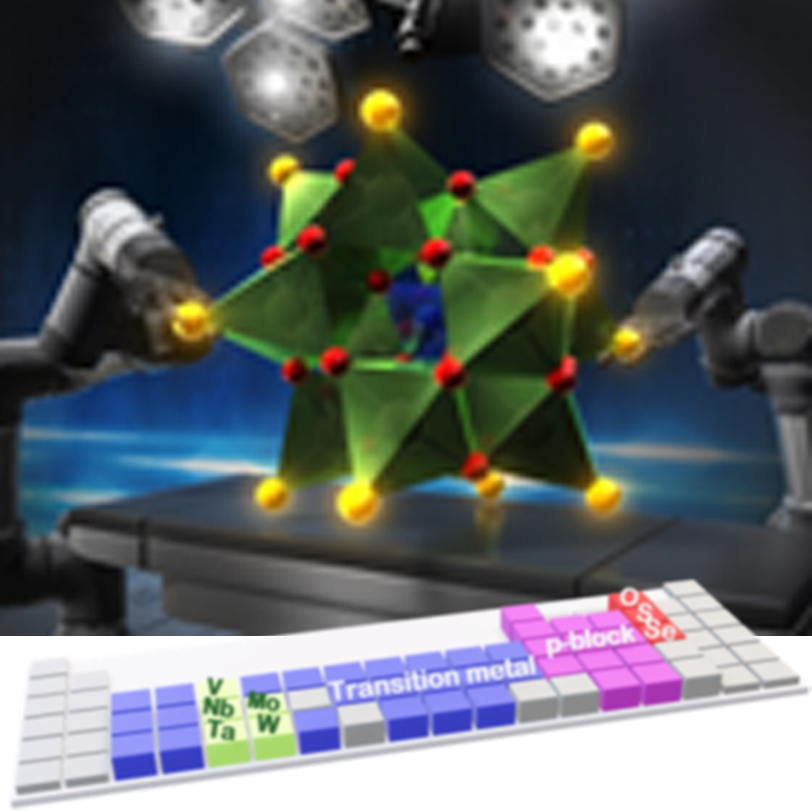
元素・構造を選んで自在な分子設計を行います
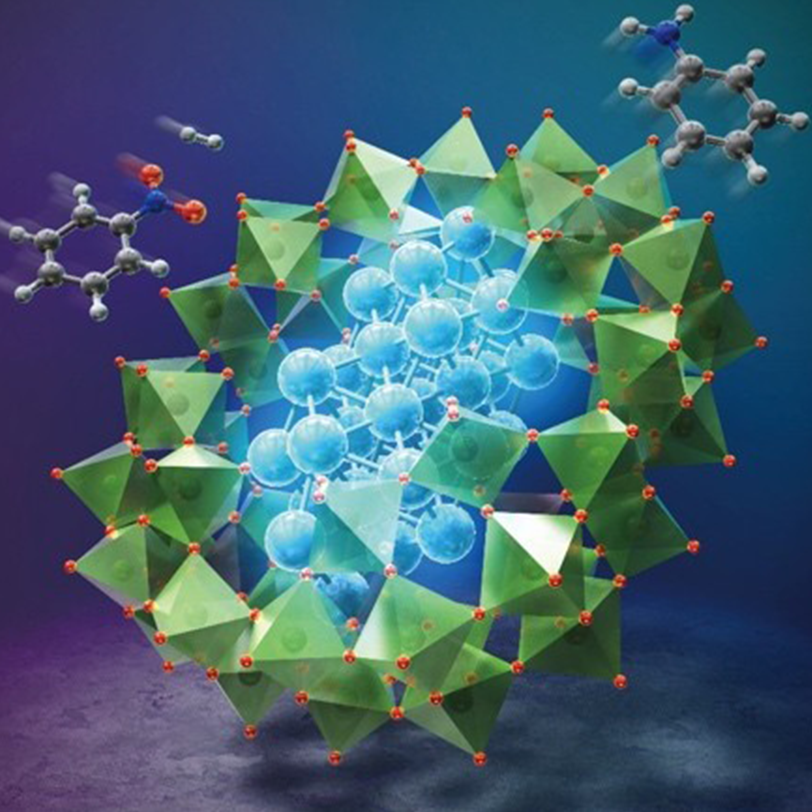
物質変換
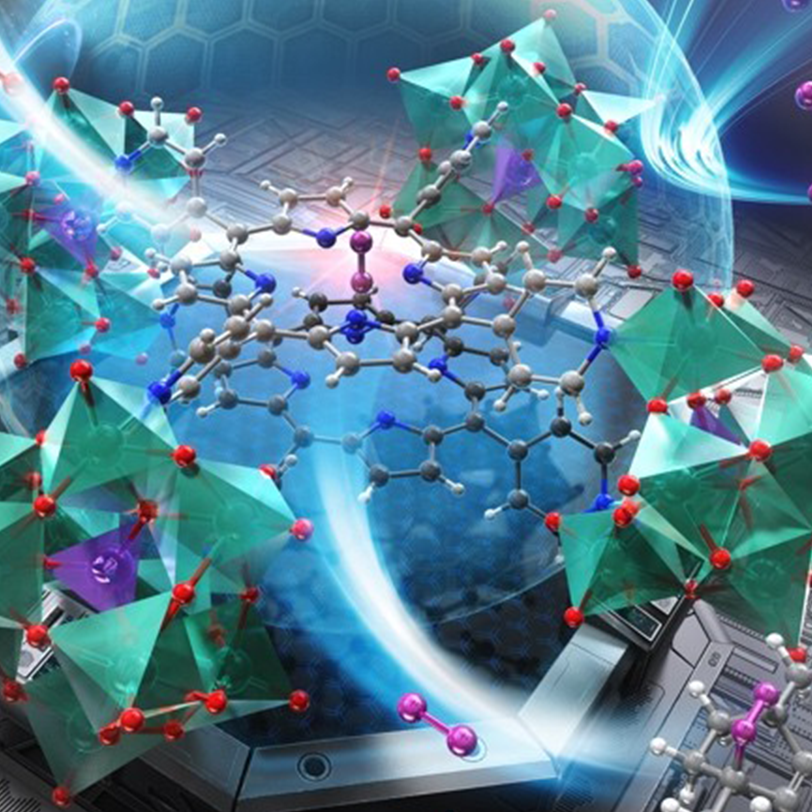
エネルギー変換
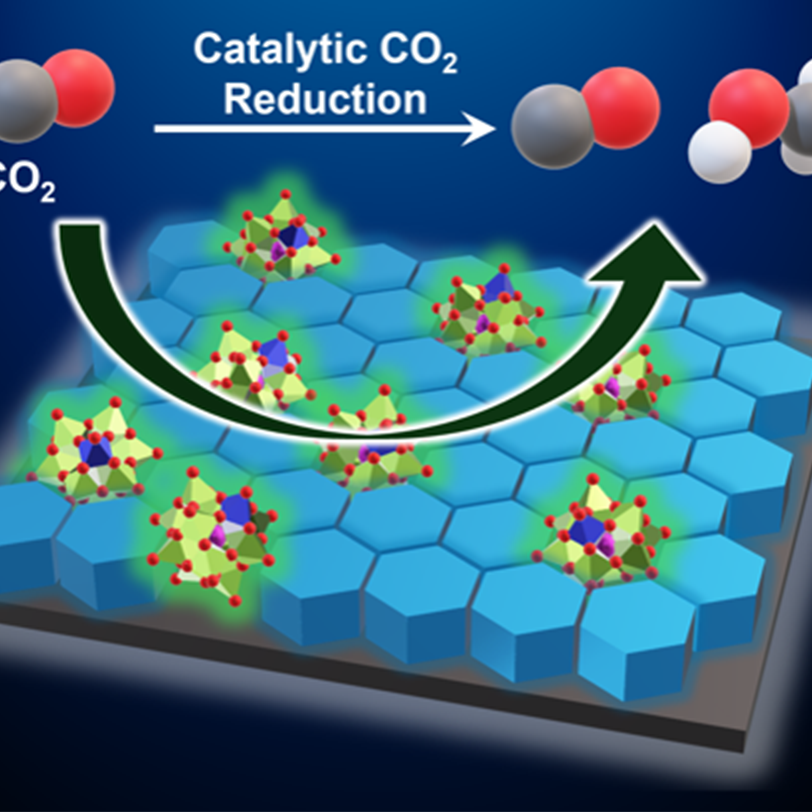
環境・資源循環

MESSAGE
Experience the exciting moment of creating new materials by controlling atoms and molecules.
Through this challenge, you’ll discover your unique
strength and carve out your own future.
I have been fascinated by witnessing the creation of something new or the moment when change becomes visible, which led me to develop a deep passion for chemistry since my student days. After entering the University of Tokyo, I reaffirmed my interest in chemistry while taking a variety of liberal arts courses. I encountered the field of organic materials and decided to join a research lab. Initially, I had planned to join a company after completing my master’s degree and had even received a job offer.
However, I learned that in order to engage in research on a global stage, having a Ph.D. is essential̶even just to get a seat at the table. At the same time, my desire to pursue the research I was truly passionate about grew stronger, so I declined the offer and chose to enter a doctoral program instead.
During my doctoral studies, I encountered inorganic materials and was struck by the complexity of designing them at the atomic level. That experience has led me to the research I am currently pursuing.
Having worked in both organic and inorganic fields, I believe my strength lies in being able to design at the molecular level. I am grateful to the professors I’ve met along the way who helped guide me to these opportunities.
As students, I encourage you to embrace failure. It is through accumulating those failures that success is built. Rather than following the same path as everyone else, I hope you will discover a unique strength that only you possess through the process of research.
keyword
Inorganic-organic hybrid materials, Molecular synthesis, Molecular ionics, Energy conversion
PROFILE :Professor Kosuke Suzuki
2005 B.Eng., Department of Applied Chemistry, School of Engineering, The University of Tokyo
2010 Ph.D.(Eng.), Department of Applied Chemistry, School of Engineering, The University of Tokyo
2010 Assistant Professor, School of Engineering, The University of Tokyo
2018 Lecturer, School of Engineering, The University of Tokyo
2019 Associate Professor, School of Engineering, The University of Tokyo
2025 Professor, School of Frontier Sciences, The University of Tokyo
Associate Professor Yu Yamashita
PROFILE
2014 B.Eng., Department of Applied Chemistry, School of Engineering, The University of Tokyo
2019 Ph.D.(Science), Department of Advanced Materials Science, Graduate School of Frontier Sciences, The University of Tokyo
2019 postdoc researcher, National Institute for Materials Science
2023 Researcher, National Institute for Materials Science
2024 Senior Researcher, National Institute for Materials Science
2025 Associate Professor, School of Frontier Sciences, The University of Tokyo
Keyword
Molecular ion / Organic semiconductor / Solution process / Thin-film process / Diode / Transistor / Doping / Supramolecular chemistry / Electrochemistry

NEW MATERIALS AND INTERFACES
Experience the exciting moment of creating new materials by controlling atoms and molecules.
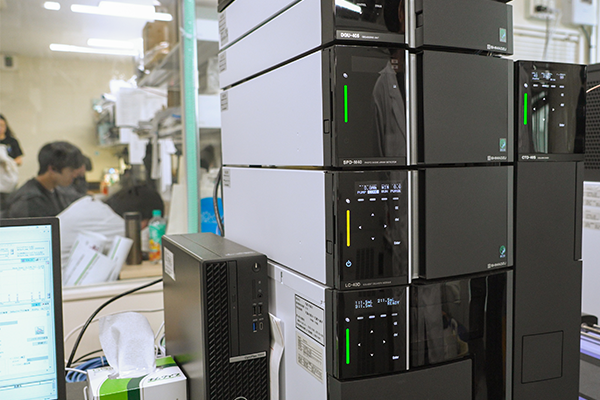
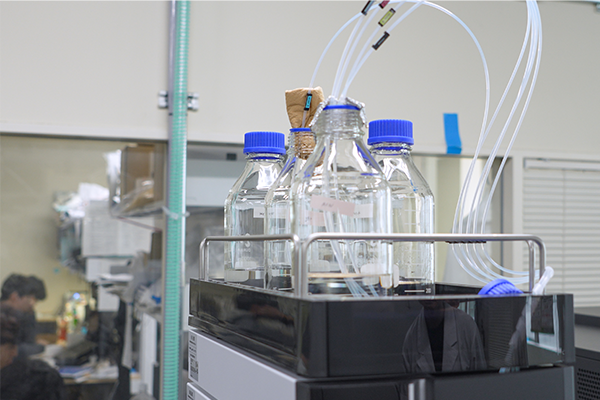
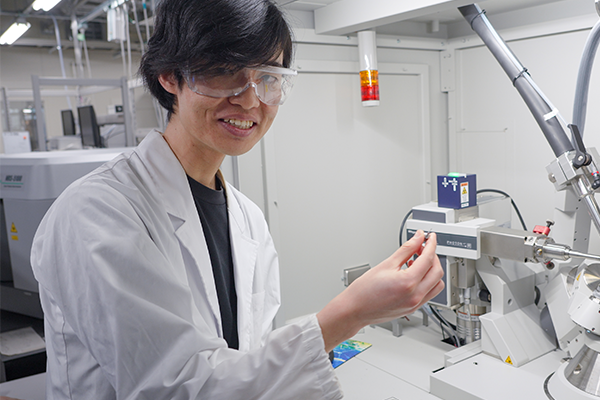
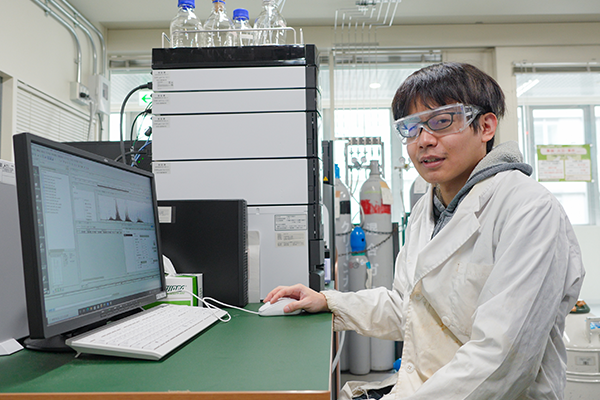
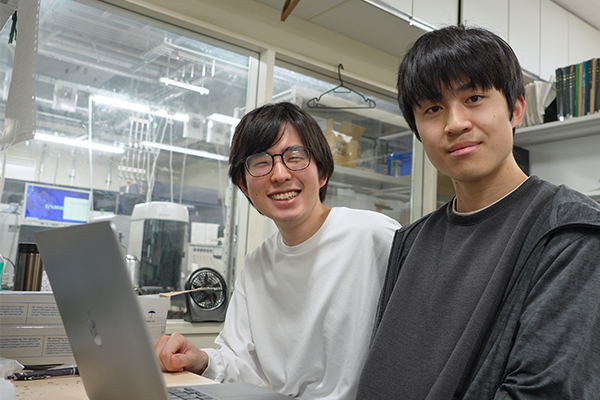
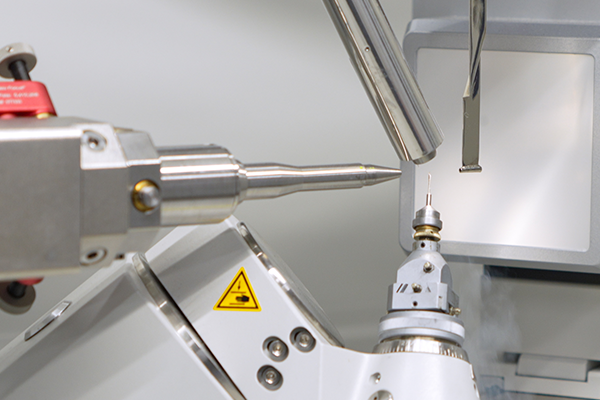
Kosuke Suzuki & Yu Yamashita Lab.,
Department Of Advanced Materials Science,
Graduate School of Frontier Sciences,
The University of Tokyo
Kashiwanoha 5-1-5,
Kashiwa,Chiba 277-8561, Japan
+81-4-7136-3786
ksuzuki@edu.k.u-tokyo.ac.jp
yu-yamashita@edu.k.u-tokyo.ac.jp
The Goal of Applied Physics
The goal of Applied Physics is to develop a stage = “new material” that can manipulate undeveloped degrees of freedom, to explore unknown phenomena created from that stage and to bring out excellent functions, and to bring out its excellent functions. The purpose is to contribute to the development of human society by elucidating the mechanisms and developing application fields for these phenomena and functions.
AMS (Advanced Materials Science)
Department Office
AMS (Advanced Materials Science),
Graduate School of Frontier Sciences,
The University of Tokyo
Kashiwanoha 5-1-5, Kashiwa, Chiba 277-8561, Japan
Email : ams-office(at)ams.k.u-tokyo.ac.jp
Please change (at) to @.
